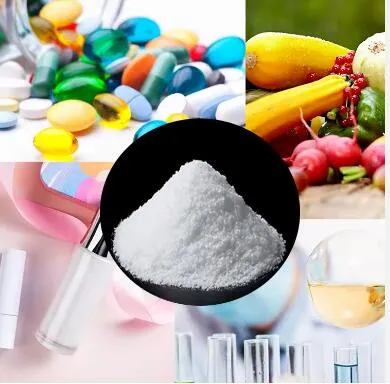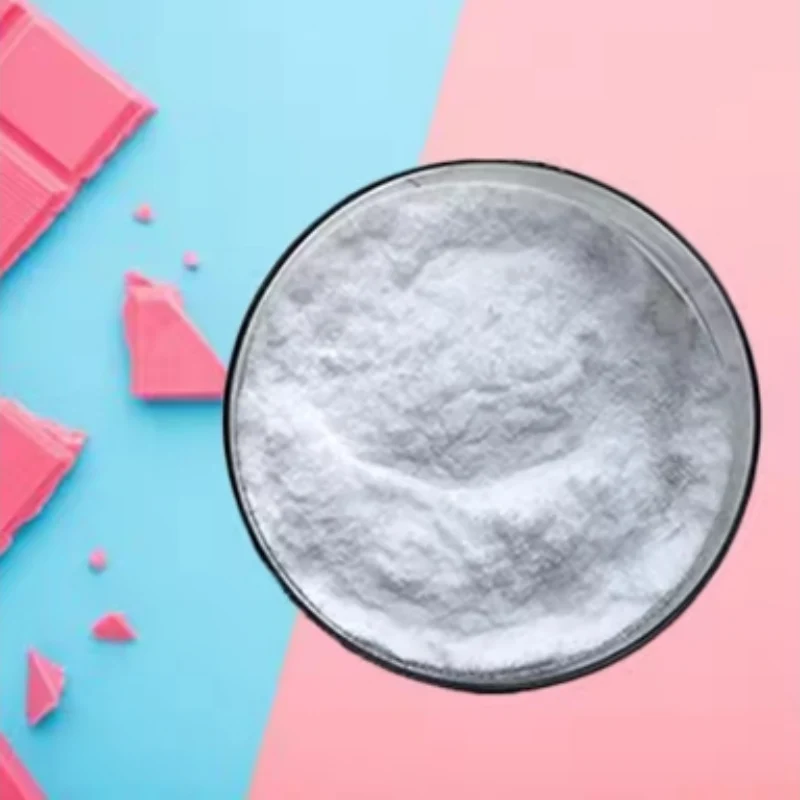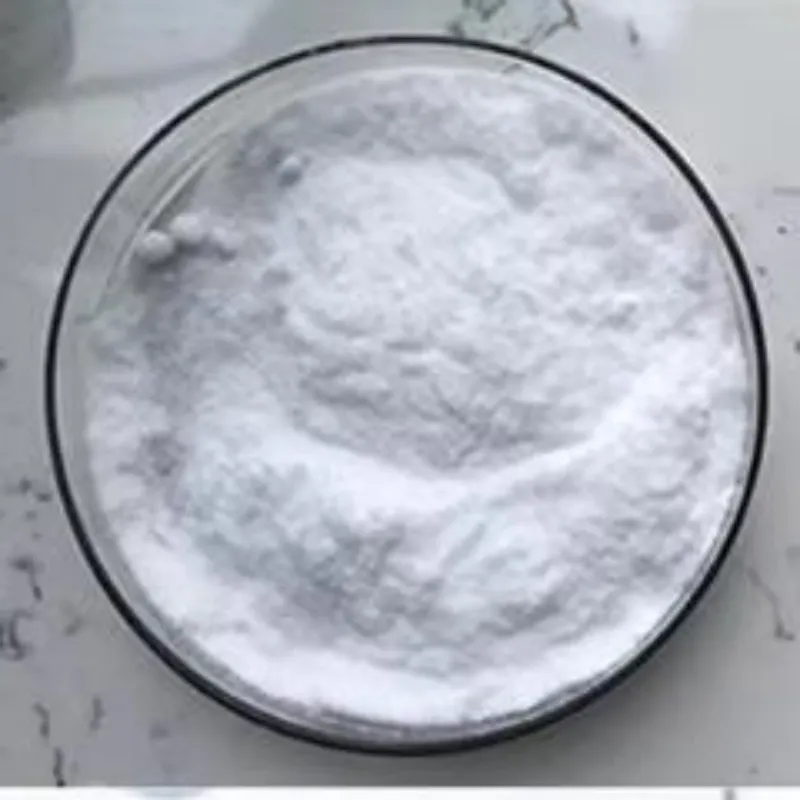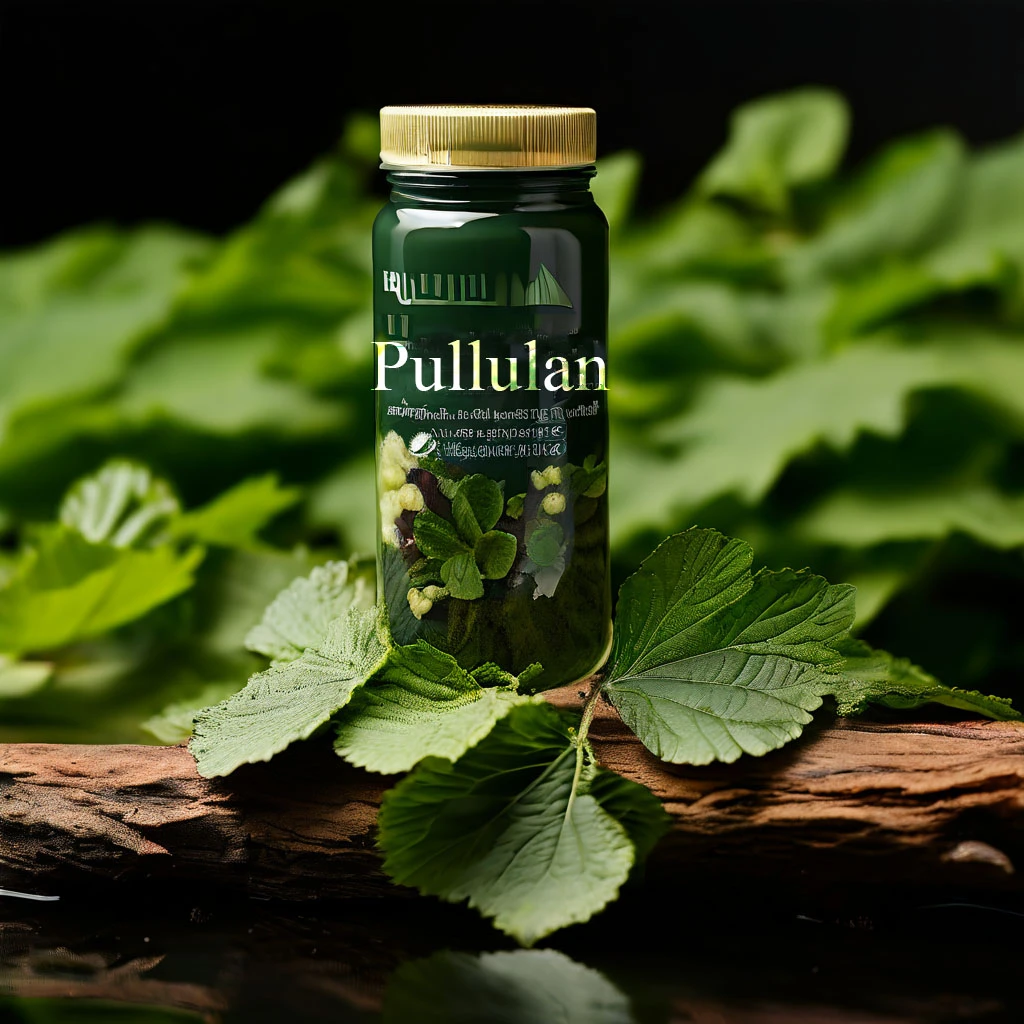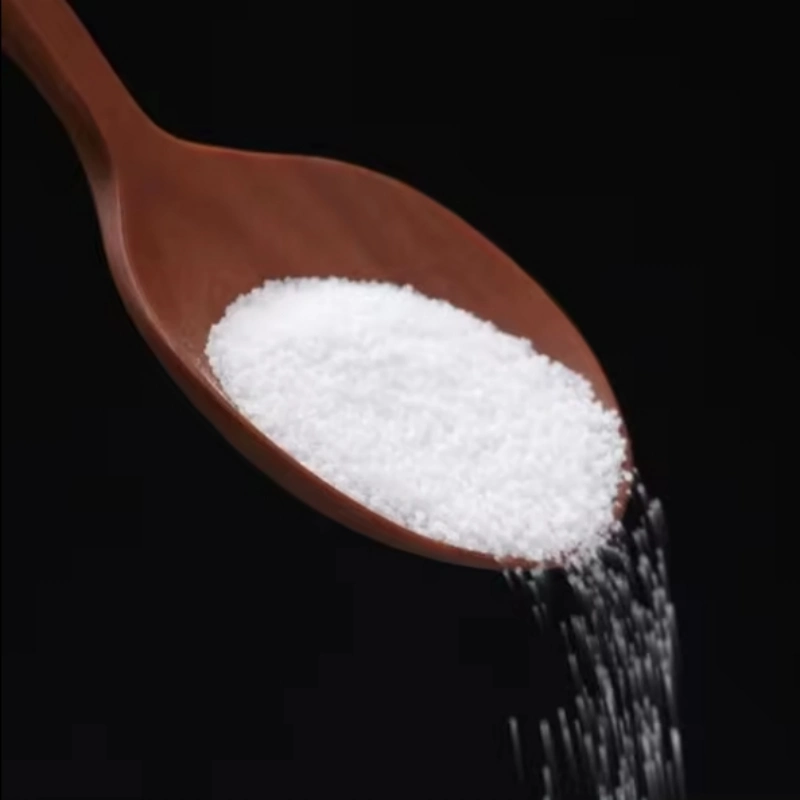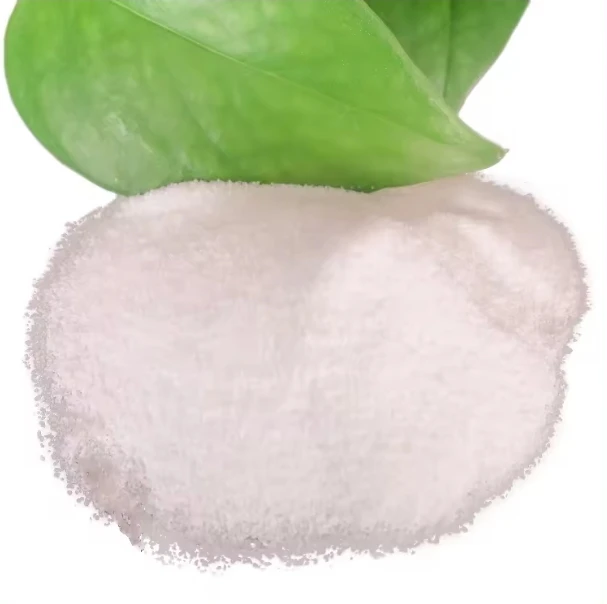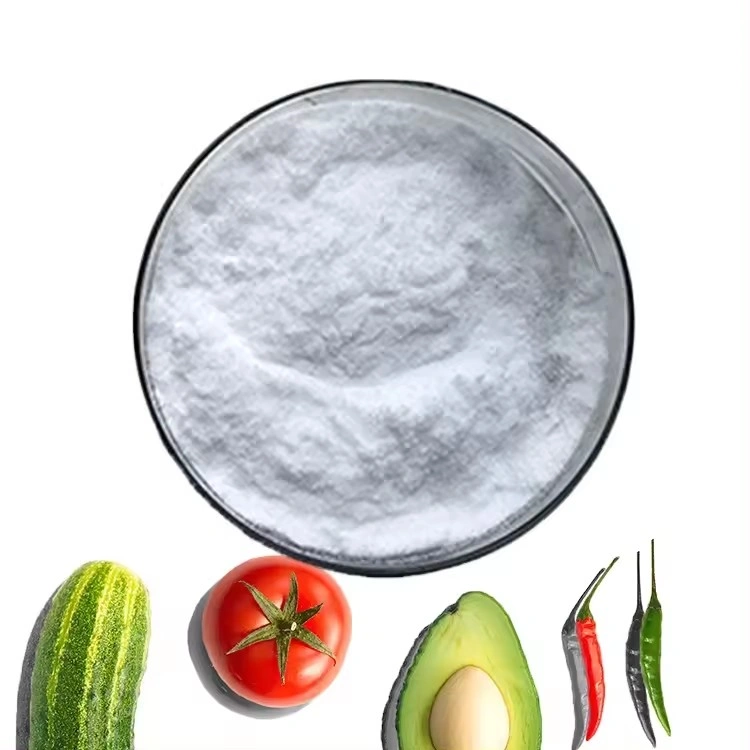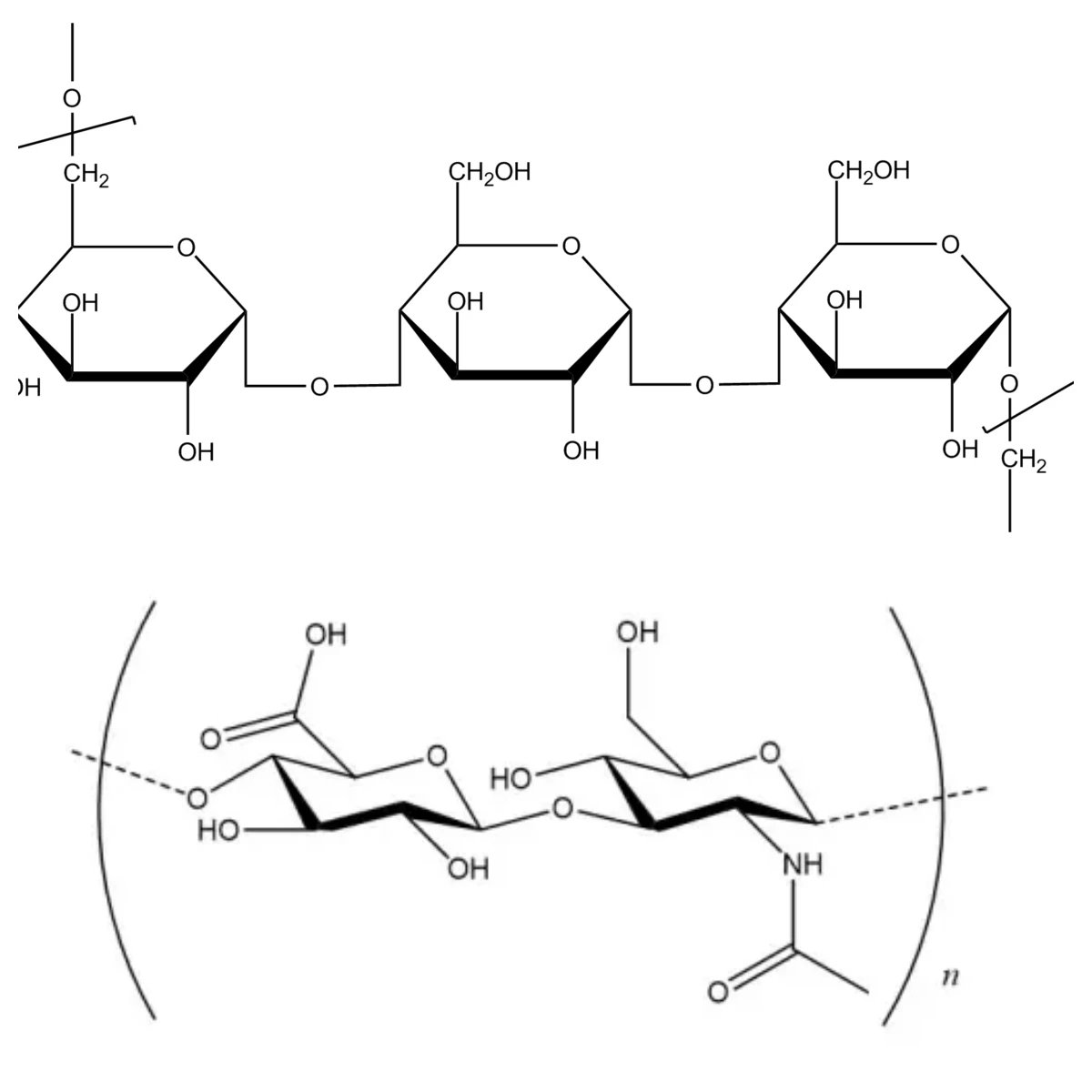Xanthan gum, also known as yellow, xanthan gum, Xanthomonas polysaccharide, is a single spore polysaccharides from the fermentation of Xanthomonas fake produced by the cabbage black rot bacterium Xanthomonas campestris carbohydrates as the main raw material
.jpg)
Xanthan gum, also known as yellow, xanthan gum, Xanthomonas polysaccharide, is a single spore polysaccharides from the fermentation of Xanthomonas fake produced by the cabbage black rot bacterium Xanthomonas campestris carbohydrates as the main raw material, the aerobic fermentation biotechnology, cut 1,6 - glucosidic bonds, open branches, in accordance 1,4 - a key acidic intracellular synthesis of linear heteropolysaccharide composed of outside. 1952 by the United States Department of Agriculture, Illinois Institute of separation resulting in Lille in northern Peoria cabbage black rot Xanthomonas, make cabbage extract into a water-soluble acidic extracellular heteropolysaccharide obtained.
Xanthan gum is internationally Part One thickening, suspending , emulsifying, stabilizing at one. Performance of the most superior biological glue . Xanthan molecules containing side chain end how much pyruvate group , have a significant impact on its performance. Xanthan gum has the general properties of long-chain polymers , but it contains more than the average high molecular functional groups , will show unique properties under certain conditions . It conformation in aqueous solution are diverse , not the performance characteristics under different conditions .
1 suspension and emulsification
Xanthan gum on the insoluble solids and oil droplets suspended with good effect . Xanthan gum sol binding molecules can form a super helical ribbon copolymer constituting a mesh structure similar to the fragile plastic , it is possible to form the solid support particles , droplets and bubbles , the emulsion showed a strong stabilizing effect and a high suspension capacity.
(2) good water solubility
Xanthan gum can quickly dissolve in water , have a good water solubility. In particular it can be dissolved in cold water, eliminating the need for complicated process easy to use. However, because it has a strong hydrophilic , if added directly to the water is small and insufficient stirring , into the outer micelle swelling , prevents moisture from entering the inner layer , thus affecting the action of the play, attention must be used properly. Xanthan gum powder or salt , sugar and other dry materials and mix well after being stirred slowly adding water to promote feeding , prepare a solution to use.
3 . Thickening
Characteristics of xanthan gum solution having a low concentration of high viscosity ( 1% aqueous solution viscosity of 100 times gelatin ) , is a highly efficient thickener.
4 pseudoplastic
With an aqueous solution of xanthan gum in a static high or low shear viscosity at high shear viscosity performance of the sharp decline , but the molecular structure unchanged . When the shear force is removed, then immediately restore the original viscosity. Relationship between viscosity and shear is entirely plastic. Pseudoplastic Xanthan gum is very prominent , the stability of such pseudoplastic suspensions , emulsions is extremely effective.
5 . Stability to heat
Xanthan gum solution viscosity with temperature changes do not change a lot , usually by heating the viscosity polysaccharides will change , but the aqueous xanthan gum between 10-80 ℃ almost no change in viscosity, even at low concentrations aqueous solutions over a wide temperature range still showed stable high viscosity. 1% xanthan gum solution ( containing 1% KCl ) was heated from 25 ℃ to 120 ℃. Its viscosity is only reduced by 3 %.
6 . Stability of the acid-base
Xanthan gum solution of acid is very stable, unaffected PH is called its viscosity between 5-10 , with a slight change in viscosity at PH greater than 4 and 11 . In the PH3-11 range , so that the maximum and minimum values of the viscosity difference of less than 10 %. Xanthan gum can be dissolved in a variety of acid solution , such as 5 % sulfuric acid , 5% nitric acid , 5% acetic acid , 10% hydrochloric acid and 25% phosphoric acid , xanthan gum , and the acid solution is quite stable at room temperature , several months parts qualitative change still does not occur. Xanthan gum is also soluble in sodium hydroxide solution , and a thickening properties. The resulting solution is stable at room temperature . Xanthan gum may be a strong oxidizing agent , such as perchloric acid, persulfuric acid degradation with increasing temperature , accelerated degradation .
7 The stability of the salts
And xanthan gum solution can be much salt solution ( potassium, sodium , calcium, magnesium , etc. ) immiscible viscosity affected. Under conditions of high salt concentration , even in a saturated salt solution which remains without precipitation and flocculation solubility , its viscosity is hardly affected.
8 . Stability of the enzymatic reaction
Xanthan gum stable double helix structure so that it has strong antioxidant and anti- enzymatic capabilities of many enzymes such as protease , amylase, cellulase and hemicellulase enzymes do not make xanthan gum degradation.
Xanthan gum is internationally Part One thickening, suspending , emulsifying, stabilizing at one. Performance of the most superior biological glue . Xanthan molecules containing side chain end how much pyruvate group , have a significant impact on its performance. Xanthan gum has the general properties of long-chain polymers , but it contains more than the average high molecular functional groups , will show unique properties under certain conditions . It conformation in aqueous solution are diverse , not the performance characteristics under different conditions .
1 suspension and emulsification
Xanthan gum on the insoluble solids and oil droplets suspended with good effect . Xanthan gum sol binding molecules can form a super helical ribbon copolymer constituting a mesh structure similar to the fragile plastic , it is possible to form the solid support particles , droplets and bubbles , the emulsion showed a strong stabilizing effect and a high suspension capacity.
(2) good water solubility
Xanthan gum can quickly dissolve in water , have a good water solubility. In particular it can be dissolved in cold water, eliminating the need for complicated process easy to use. However, because it has a strong hydrophilic , if added directly to the water is small and insufficient stirring , into the outer micelle swelling , prevents moisture from entering the inner layer , thus affecting the action of the play, attention must be used properly. Xanthan gum powder or salt , sugar and other dry materials and mix well after being stirred slowly adding water to promote feeding , prepare a solution to use.
3 . Thickening
Characteristics of xanthan gum solution having a low concentration of high viscosity ( 1% aqueous solution viscosity of 100 times gelatin ) , is a highly efficient thickener.
4 pseudoplastic
With an aqueous solution of xanthan gum in a static high or low shear viscosity at high shear viscosity performance of the sharp decline , but the molecular structure unchanged . When the shear force is removed, then immediately restore the original viscosity. Relationship between viscosity and shear is entirely plastic. Pseudoplastic Xanthan gum is very prominent , the stability of such pseudoplastic suspensions , emulsions is extremely effective.
5 . Stability to heat
Xanthan gum solution viscosity with temperature changes do not change a lot , usually by heating the viscosity polysaccharides will change , but the aqueous xanthan gum between 10-80 ℃ almost no change in viscosity, even at low concentrations aqueous solutions over a wide temperature range still showed stable high viscosity. 1% xanthan gum solution ( containing 1% KCl ) was heated from 25 ℃ to 120 ℃. Its viscosity is only reduced by 3 %.
6 . Stability of the acid-base
Xanthan gum solution of acid is very stable, unaffected PH is called its viscosity between 5-10 , with a slight change in viscosity at PH greater than 4 and 11 . In the PH3-11 range , so that the maximum and minimum values of the viscosity difference of less than 10 %. Xanthan gum can be dissolved in a variety of acid solution , such as 5 % sulfuric acid , 5% nitric acid , 5% acetic acid , 10% hydrochloric acid and 25% phosphoric acid , xanthan gum , and the acid solution is quite stable at room temperature , several months parts qualitative change still does not occur. Xanthan gum is also soluble in sodium hydroxide solution , and a thickening properties. The resulting solution is stable at room temperature . Xanthan gum may be a strong oxidizing agent , such as perchloric acid, persulfuric acid degradation with increasing temperature , accelerated degradation .
7 The stability of the salts
And xanthan gum solution can be much salt solution ( potassium, sodium , calcium, magnesium , etc. ) immiscible viscosity affected. Under conditions of high salt concentration , even in a saturated salt solution which remains without precipitation and flocculation solubility , its viscosity is hardly affected.
8 . Stability of the enzymatic reaction
Xanthan gum stable double helix structure so that it has strong antioxidant and anti- enzymatic capabilities of many enzymes such as protease , amylase, cellulase and hemicellulase enzymes do not make xanthan gum degradation.
.jpg)

